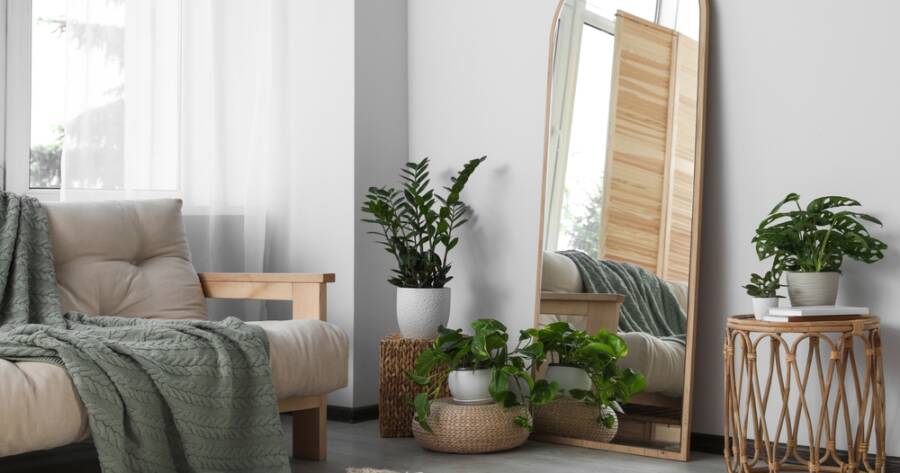Light has the power to transform how a room feels, influencing both mood and perceived size. Even a small or dim space can appear airy and expansive with the right illumination. Strategic use of natural light, layered fixtures, and reflective surfaces enhances depth and creates a welcoming atmosphere. By thoughtfully planning lighting, any room can gain a sense of openness and warmth that elevates its overall design.
Maximize Natural Light
Natural sunlight instantly brightens a space and makes it feel larger. Keep window treatments light and airy, using sheer curtains or blinds that can be easily adjusted. Removing heavy drapes allows daylight to flow freely and highlights architectural details.
To amplify the effect, keep windows clean and unobstructed. Placing mirrors opposite windows reflects light deeper into the room, doubling its impact and creating a sense of spaciousness.
Layer Different Types of Lighting
Relying on a single overhead fixture can leave corners in shadow and make a room feel flat. Layered lighting—ambient, task, and accent—creates depth and dimension. Combine ceiling fixtures with floor lamps, table lamps, and wall sconces to evenly distribute brightness.
Using multiple sources also allows control over the mood. Bright layers energize the room for daytime activities, while softer layers add coziness in the evening. This flexibility enhances both function and comfort.
Use Light, Reflective Colors
Color choices directly affect how light interacts with a room. Pale hues like soft white, light gray, or pastel tones reflect more illumination and give walls a spacious feel. Glossy or satin finishes further bounce light around, amplifying brightness.
Incorporating reflective décor—such as metallic frames, mirrored furniture, or glass accents—adds sparkle and helps light travel. A careful palette paired with shiny details creates an airy, luminous environment.
Add Strategic Accent Lighting
Highlighting key features draws the eye and enhances a room’s architecture. Under-cabinet lighting brightens kitchens, while picture lights showcase art and add a subtle glow. LED strips along shelves or behind furniture create a floating effect that expands visual boundaries.
Accent lighting also brings focus to decorative elements, making the entire space feel curated. By layering these highlights, you add depth and interest while improving overall brightness.
Choose the Right Bulbs
Bulb selection makes a surprising difference. LED bulbs with a color temperature between 2700K and 3000K provide a warm yet clear light that mimics daylight. Higher lumens increase brightness without harshness.
Opt for dimmable options to adjust intensity throughout the day. Consistent bulb tones across all fixtures maintain harmony, preventing the patchy look that can make a room seem smaller or unevenly lit.
Keep Clutter to a Minimum
Clutter can absorb light and shrink the visual space. Keeping surfaces clear allows illumination to bounce freely. Streamlined furniture arrangements ensure that floor and table lamps cast their glow without obstruction.
Minimal décor not only brightens a room but also emphasizes its best features. By reducing visual distractions, light becomes the star, naturally making the space feel open and airy.
Illuminating a Spacious Ambience
Thoughtful lighting design turns even the coziest room into a bright, inviting retreat. Harnessing natural sunlight, layering different fixtures, and choosing reflective finishes all contribute to a sense of openness. With the right combination of bulbs, colors, and accents, light becomes a design element that enhances every corner and creates an effortlessly expansive atmosphere.

